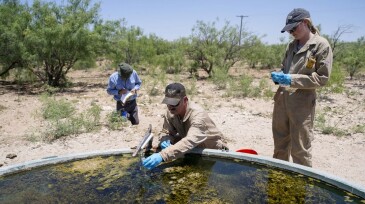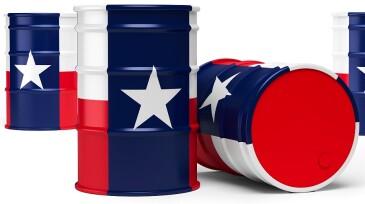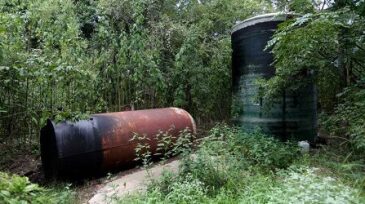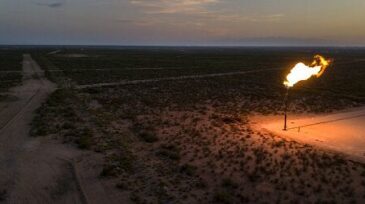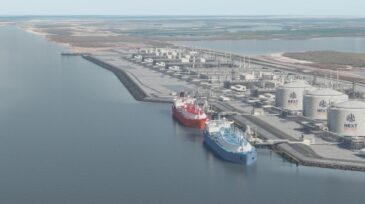Texas
-
A recent survey presented by the Dallas Fed offers hints to why production in Texas and neighboring states has not seen a boost from rising prices. One big problem? Workers.
-
Ranchers and regulators are contending with uncontrolled leaks from thousands of abandoned oil and gas sites that could render some land “functionally uninhabitable.”
-
Those who work for the many small businesses in the oil patch see the business, and its future, differently from the energy and financial giants that get most of the coverage.
-
Oil prices are up and so is the outlook for companies at the heart of the US unconventional oil sector, but they still have their concerns.
-
A new white paper reports that Houston is better poised than anywhere else in the US to play a far more significant role in reducing emissions from industrial sources.
-
A $3-million investment by a climate fund founded by TED curator Chris Anderson and an additional $2-million investment by a subsidiary of Helmerich & Payne will fund a hybrid CLG/EGS demonstration well in Texas. Drilling could begin this summer.
-
Oil and gas producers in the state are being asked to submit data and economic analysis on why they cannot sell natural gas before they are granted permission to flare it.
-
Plugging and cleaning up the open oil and gas wells in Texas could cost companies and taxpayers as much as $117 billion, according to a new report.
-
Two of Europe’s biggest oil companies urged Texas regulators to end the routine flaring of natural gas, joining with large investors who want greater oversight of the harmful environmental practice.
-
The original technology selected in 2015 and 2016 for Rio Grande LNG has since evolved. With five trains instead of six, Rio Grande LNG will still produce 27 mtpa.


